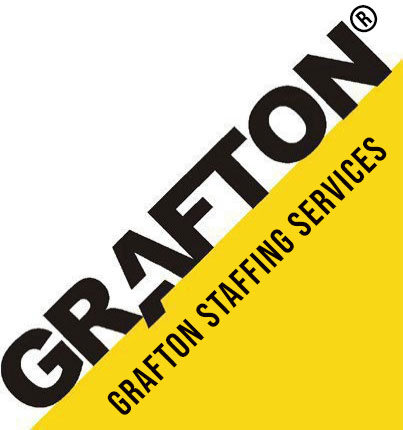A Great Onboarding Process Makes All the Difference

Mike Bollinger
Post written by Mike Bollinger, Operations and Business Development
Hire. Fire. Repeat.
Sounds like the beginning of a human resources commercial sponsored by Head and Shoulders, doesn’t it? Are you an HR professional experiencing PTSD after reading the first couple of sentences of this blog?
My name is Michael Bollinger, and I’m here to tell you a little secret that will help you sleep better at night.
Accept the fact that this process will never end, and then take a look at the first five days in the life of a new employee within your organization.
A great onboarding process makes all the difference when introducing new employees to the organization. Setting expectations, providing training and setting employees up for success is just smart business.
What you’re about to read WILL have a positive impact on your retention rate. Why? Because it works. Here’s what this approach has accomplished for me:
- I’ve managed onsite and recruiting operations over 28 sites throughout the nation
- My clients are anywhere from 50 to 1200 employees
- I successfully launched eleven of those clients from ground zero
- DIDN’T LOSE A SINGLE CLIENT
What does your onboarding process look like?
 Seriously, think about it. Does your organization even have an official SOP (standard operating procedure) for new employees? Think about your first week or even your first day.
Seriously, think about it. Does your organization even have an official SOP (standard operating procedure) for new employees? Think about your first week or even your first day.
Was there structure, organization and direction? Or did you get tossed into the chaotic universal SOP known as FIO (figure it out)?
Let’s face it. FIO only works with a very small percentage of the working population. And those people are usually in management.
For most employees, there must be structure, organization, training and setting proper expectations.
Doing so dramatically decreases the possibility of employees developing bad habits and plausible deniability. (aka “I wasn’t ever taught how to do that.”)
What can you do?
Start by implementing the following onboarding approach for all new employees. Get creative and add your personality/culture to the mix:
- Day one orientation (i.e. ALL paperwork, a tour, meeting team members, day to day operations).
- Solidify a training process backed up with reference material.
- Explain how long the training process and what you expect to be accomplished.
- Set proper expectations during training (first 30 days, 90 days and one year of employment).
- Introduce them to as many members of management as possible (make them feel welcome).
- Follow-up during the first few months
Walking into a new job, with new people, and not knowing what to expect can be nerve-wracking and overwhelming. That often leads to poor performance, poor attendance and poor attitude. Add that all up and you get high turnover.
An effective and well communicated/executed onboarding experience always makes long-term operations far more effective. Let me know what your process is or if you decide to implement the process above!

